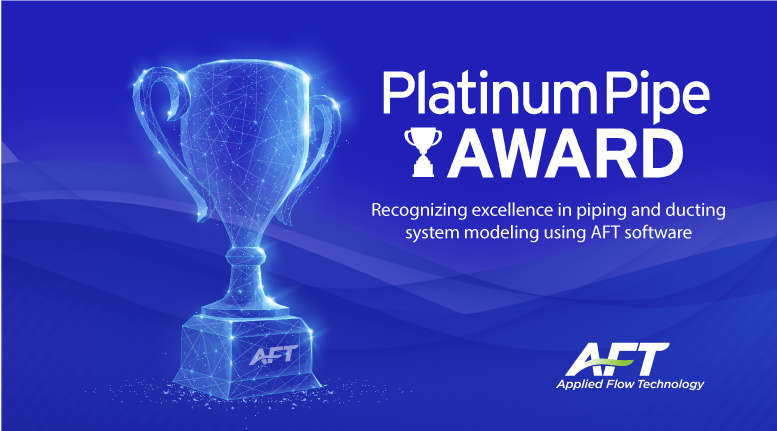A Comprehensive Discussion of Sonic Choking
In Pipe Systems For Steady, Compressible Flow
ABSTRACT
Understanding and predicting sonic choking in pipe network systems can be critically important. Among the reasons is to ensure safety and to improve the performance of the system. In some cases, sonic choking is the dominant aspect of the system behavior and there is no way to understand the system without understanding sonic choking and where it occurs. However, sonic choking is (in general) poorly understood and (at best) incompletely documented in the literature. The literature often provides misleading examples built on unstated (and unrealistic) assumptions. Some situations where sonic choking occurs are almost completely ignored in the literature. The purpose of this paper is to provide a comprehensive reference for practicing engineers for all possible sonic choking behavior in any generalized, pipe network system with superheated, steady-state, single-phase gas flow. Discussions include multiple choking points in series and in parallel, as well as in systems with real gas behavior experiencing heat transfer in non-horizontal pipes.
Authors:
Trey Walters, PE, Applied Flow Technology, Presented at the ASME 2024 Pressure Vessels and Piping Conference, July 2024
CONCLUSION
Sonic choking can occur in multiple places in a general pipe network system. Understanding where and why the choke points exist can be crucial in understanding the overall system performance and assessing safety. This paper describes all the possible sonic choking cases and provides an understanding of how to predict each case. Cautions are provided on when closedform analytic solutions break down and when to look for more sophisticated software solutions.
1. Introduction
Sonic choking is a phenomenon that occurs in pipe systems which involves the local bulk velocity of the gas/steam reaching the sonic velocity. When this happens, the flow capacity of the system reaches a maximum for the given supply conditions. A somewhat similar mechanism occurs for multi-phase flow, but the discussion here will focus on steady-state, superheated, single-phase gaseous conditions.
The principles discussed in this paper apply to all pipe system behavior including real gas behavior with heat transfer and elevation changes (more relevant for dense/high pressure gases). However, in order to better explain the various principles, focus will be given to ideal gases under adiabatic conditions in horizontal pipe systems. This allows closed-form, analytic methods to be used for computational examples while still retaining the important physical principles being explained. Including real gas behavior, heat transfer and elevation changes can be achieved, but this requires capable computational software designed to properly consider sonic choking in complicated pipe network systems. While this is beyond the scope of this paper, engineers will be alerted to what to look for when evaluating such software.
Most discussions of sonic choking focus on a single flow path. This may be a single pipe or two (or more) pipes connected in series. This leaves open the question of what happens in complicated pipe networks. This paper will discuss:
• Situations with
o pipe networks upstream and/or downstream of a choke point
o multiple choke points in series flow paths
o multiple choke points in parallel flow paths
• Which sonic choking point controls the flowrate
• How to determine flow and thermodynamic conditions downstream of the choke point (and why this is important)
Use the links above to view the full papers.


